In the 1930s, the West Farms neighborhood was a dense, working-class community shaped by the elevated train lines that rumbled overhead and the economic hardships of the Great Depression. Life for the predominantly Jewish, Irish, and Italian families who lived there was centered around brick tenement buildings, bustling commercial streets, and the constant search for work and stability in uncertain times.
The heart of the neighborhood was West Farms Square, a busy intersection where Boston Road, Southern Boulevard, and Tremont Avenue converged. The square was located directly beneath the elevated tracks of the IRT subway line, and the screech of train wheels was a constant backdrop to daily life. This station was the vital link to the rest of the city, carrying those who had jobs to factories, offices, and construction sites outside the immediate area. For many, however, the Depression meant unemployment or precarious, part-time work, and daily life was a struggle to make ends meet.
The streets were lined with five- and six-story apartment buildings, many constructed in the previous decades to house the waves of families moving up from the crowded Lower East Side. These tenements featured street-level fire escapes that became social spaces during the hot summer months. Mothers would watch their children play on the sidewalks below, exchanging news with neighbors from window to window.
Read more
Boston Road was the main commercial artery. The street was a vibrant corridor of small, family-owned businesses. Shoppers would visit kosher butcher shops, Italian bakeries, and stores selling fresh produce from pushcarts. These local shops operated on a system of credit and personal relationships, allowing families to get necessities even when cash was scarce. Bargaining was a common practice, and the street was a lively marketplace of sights and sounds.
Public School 67, known as the Mohegan School, served the children of the neighborhood. For many young people, school provided a sense of routine and a free daily lunch, a critical support for families struggling with food insecurity. After school and on weekends, recreation was simple and local. Children played stickball on the streets, using manhole covers for bases.
The neighborhood’s proximity to two major parks provided a necessary escape from the dense urban environment. Residents could walk to the southern end of Bronx Park to enjoy the open green space or visit the animals at the Bronx Zoo. Crotona Park, just to the west, offered ball fields, benches, and a large swimming pool that was a popular destination for thousands during the summer heatwaves. For a dime, a whole afternoon could be spent at a local movie theater, watching double features that offered a brief, glamorous escape from the difficulties of the era.


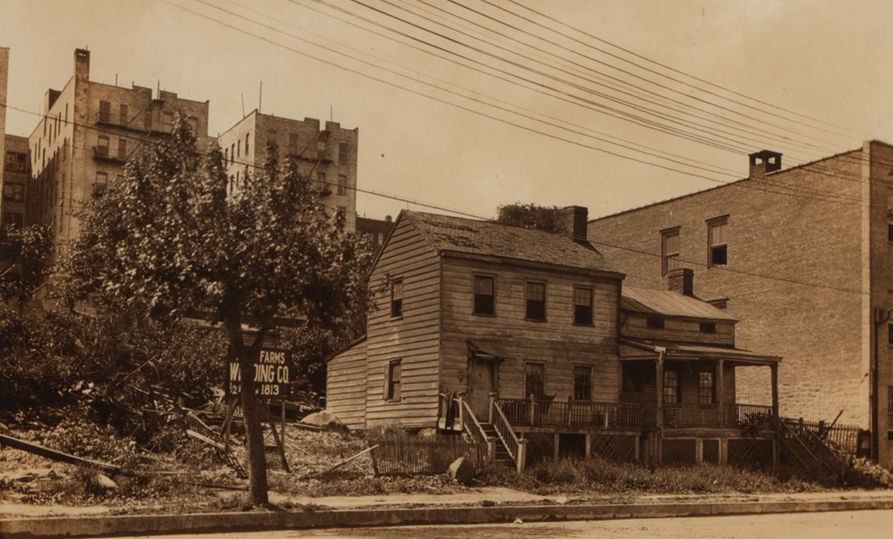
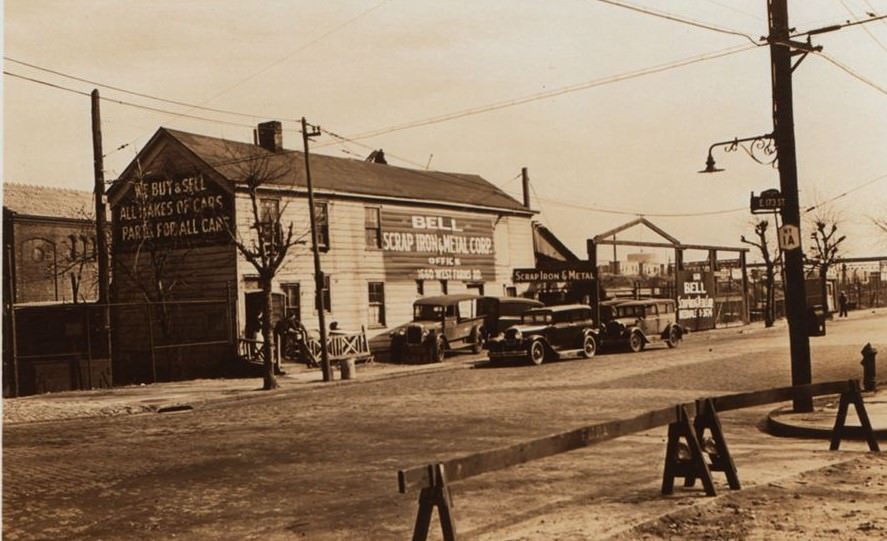
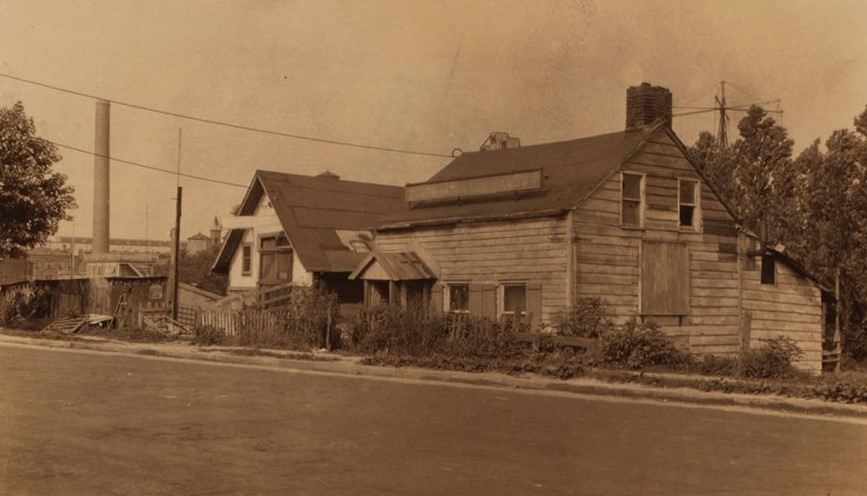
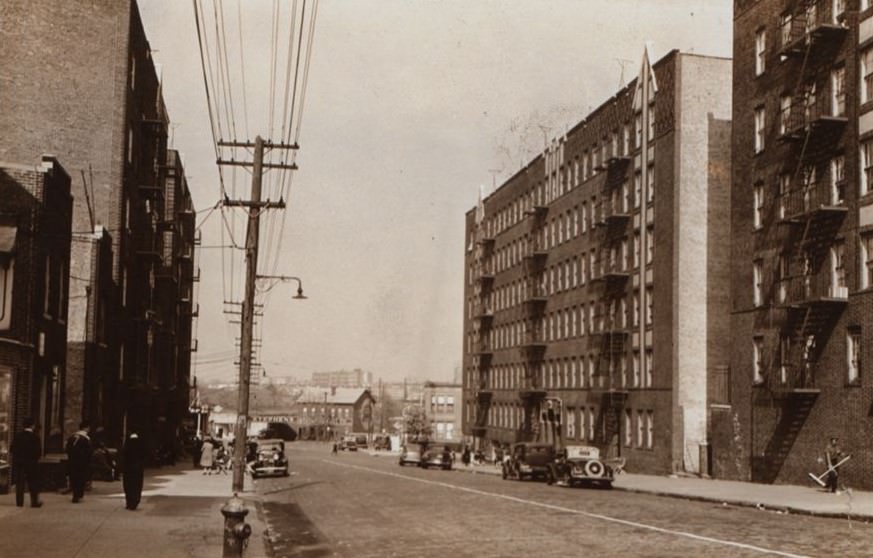
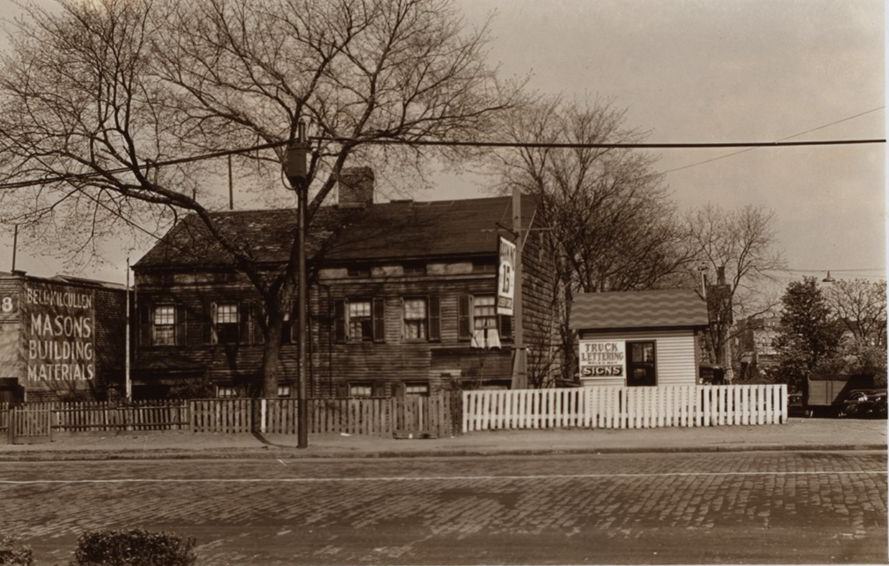
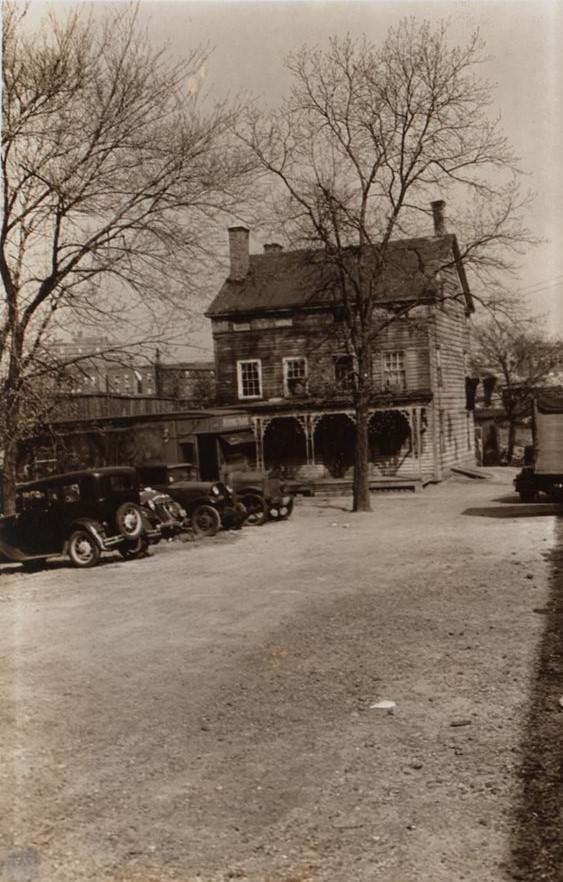
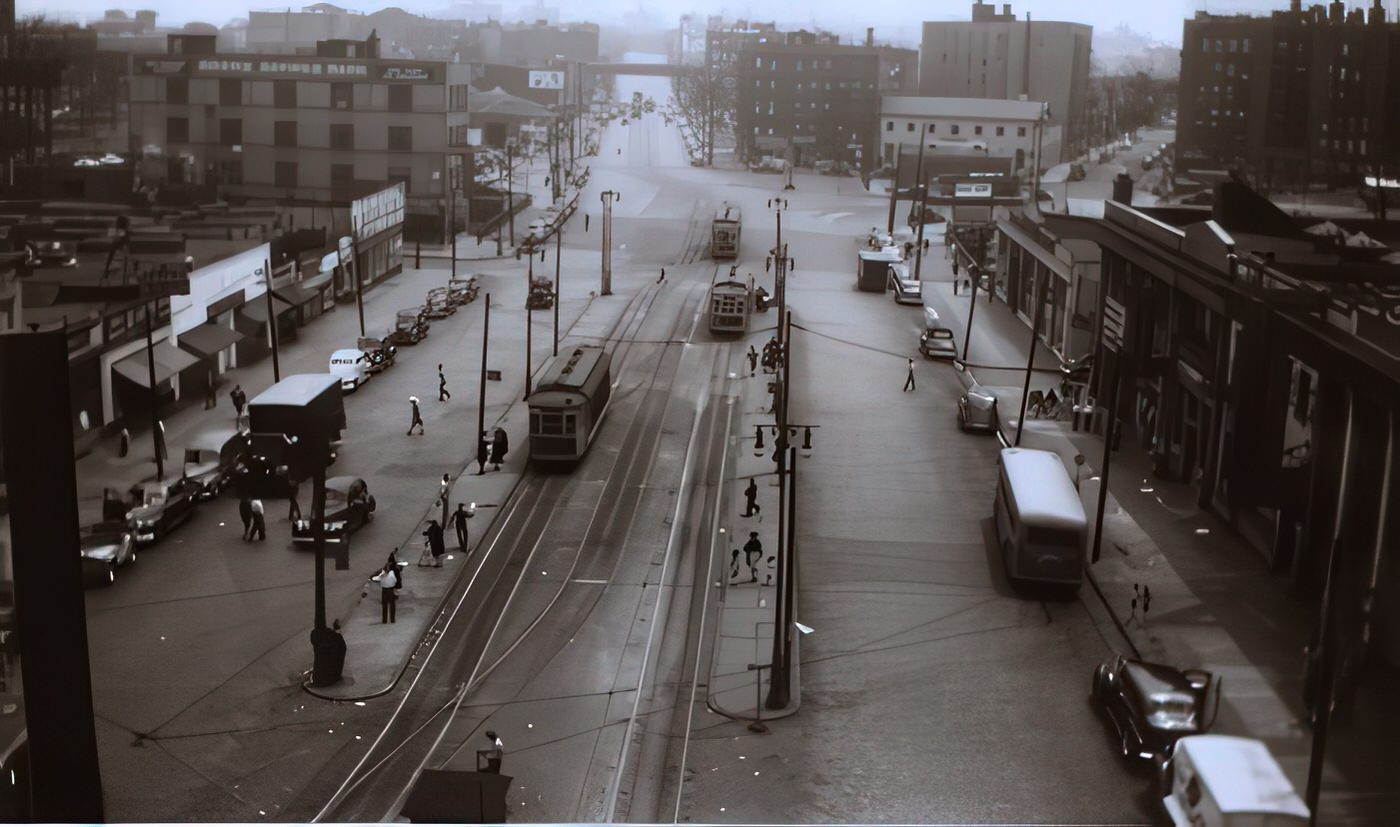
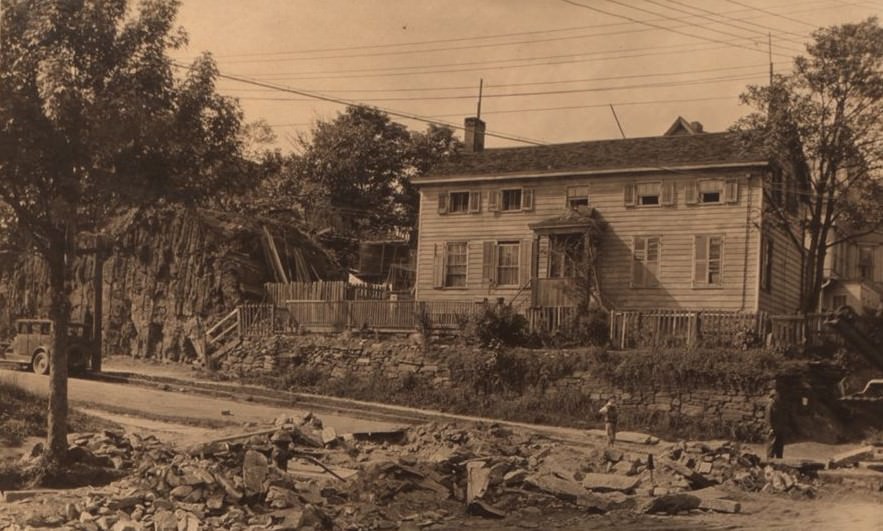
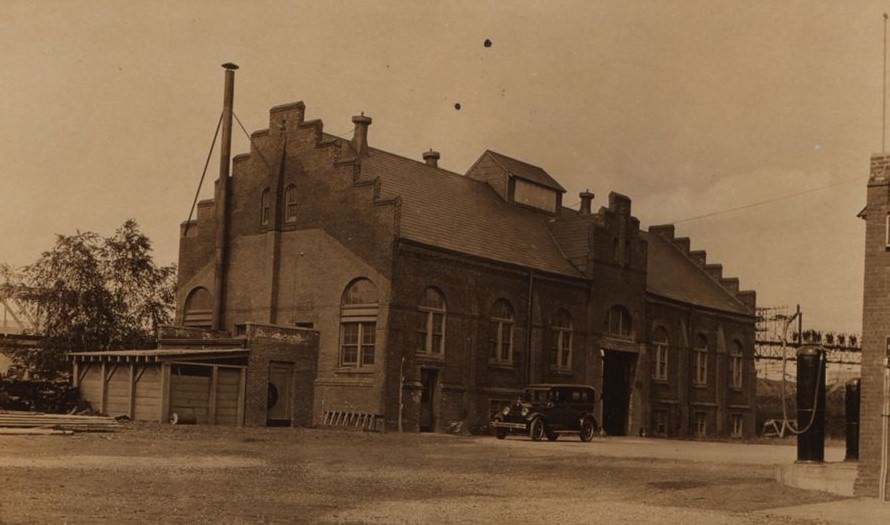
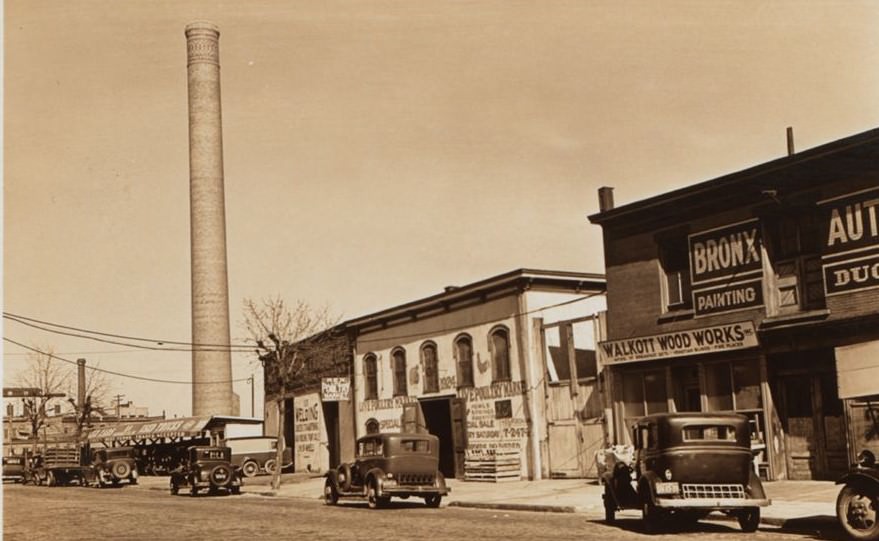
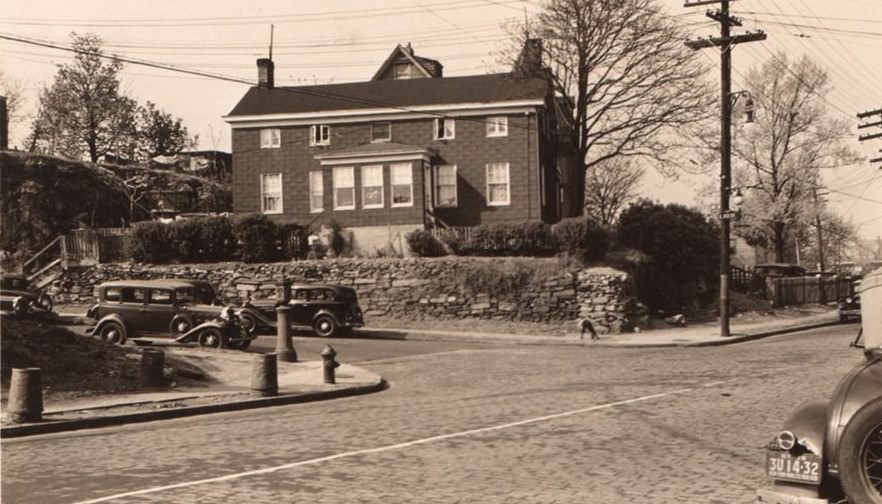
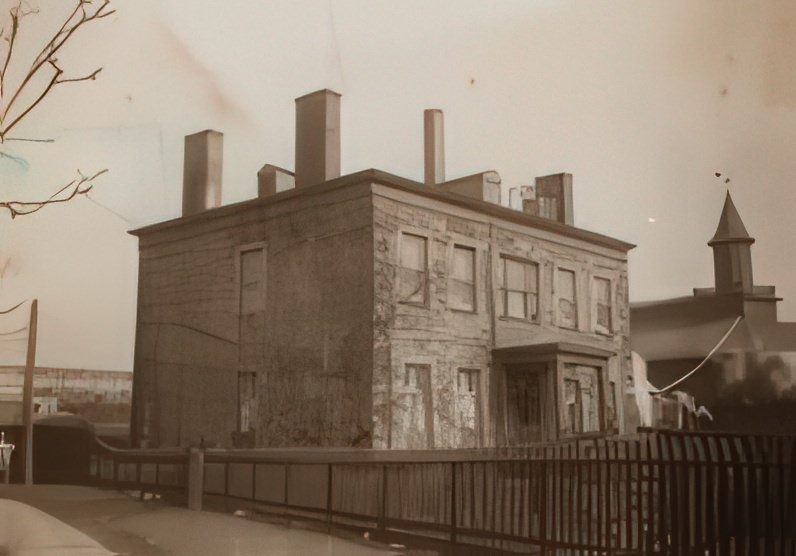
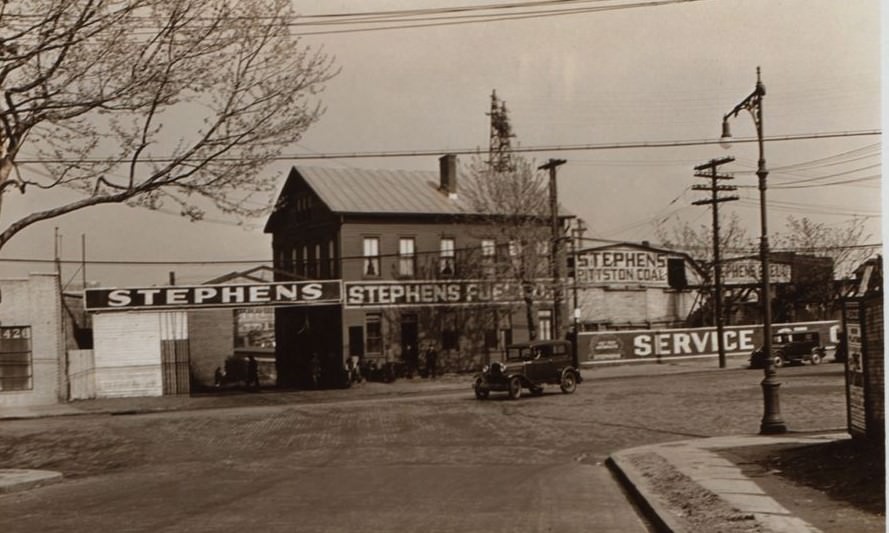
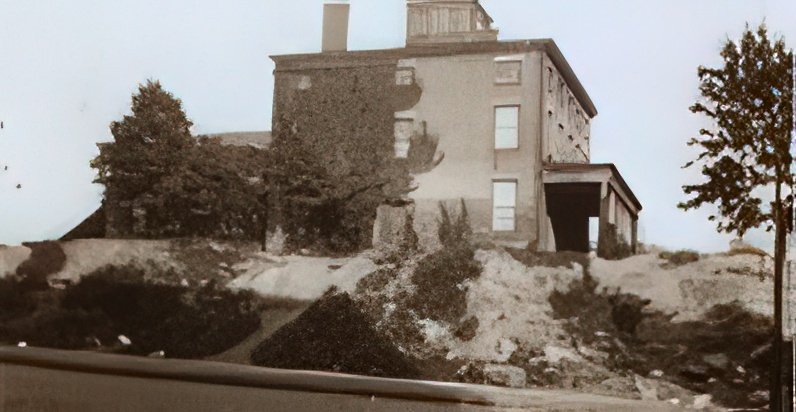
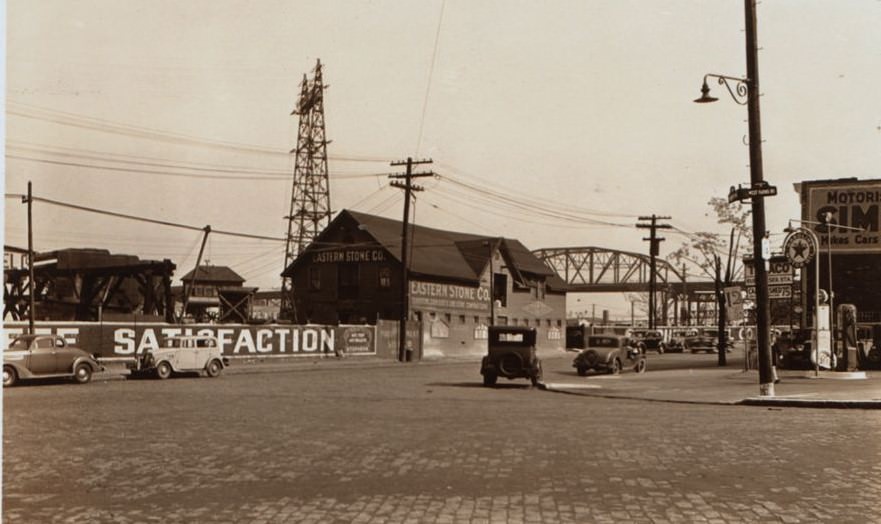
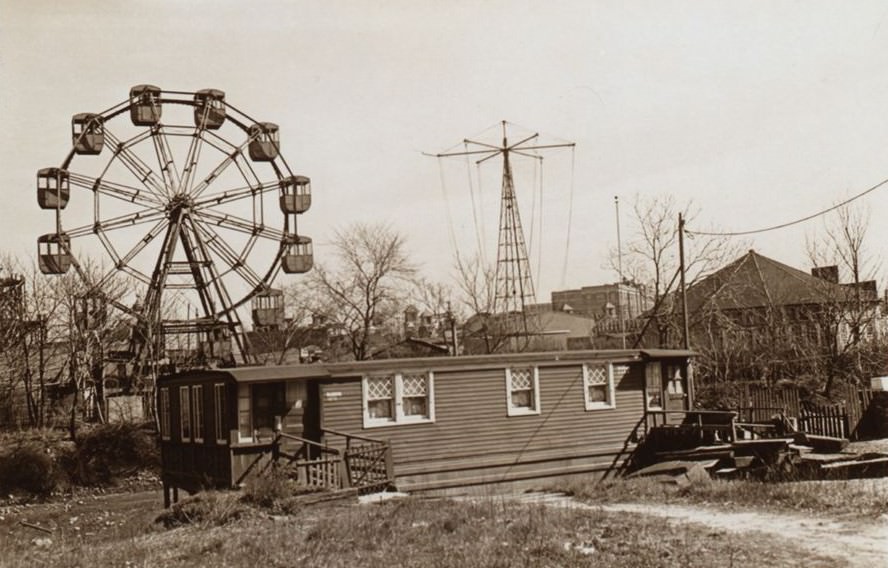
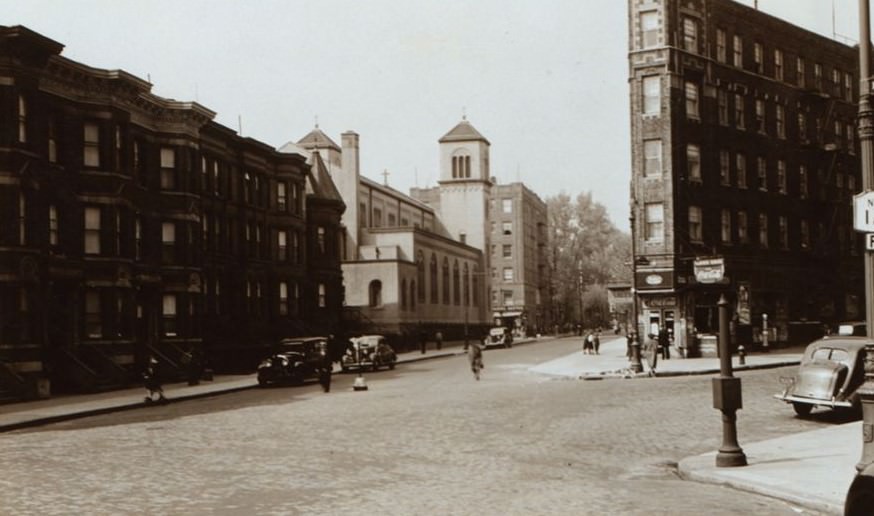
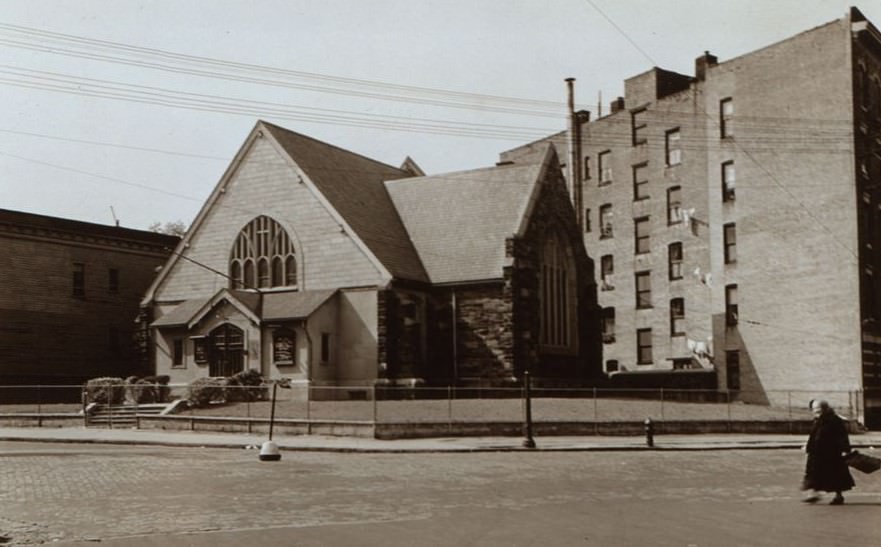
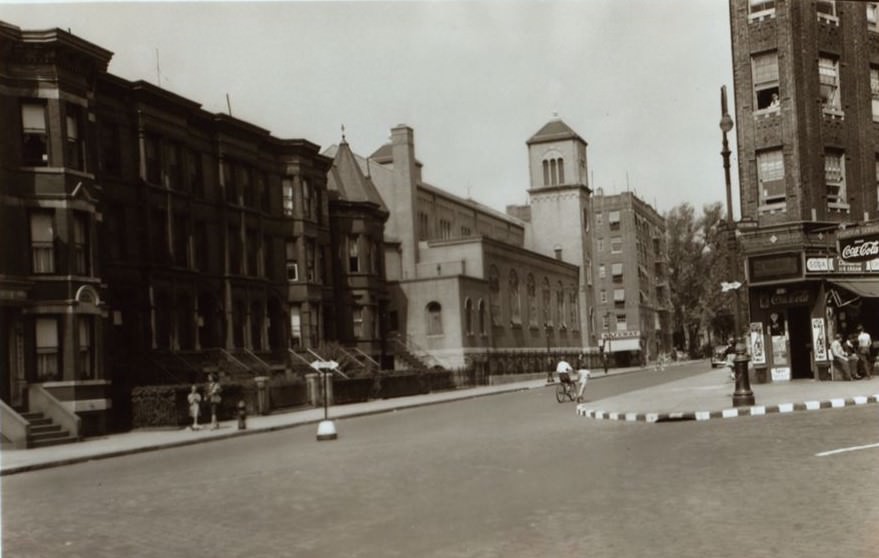
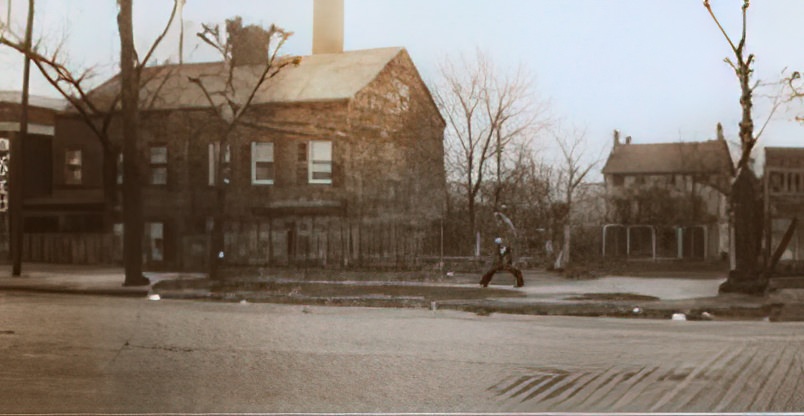
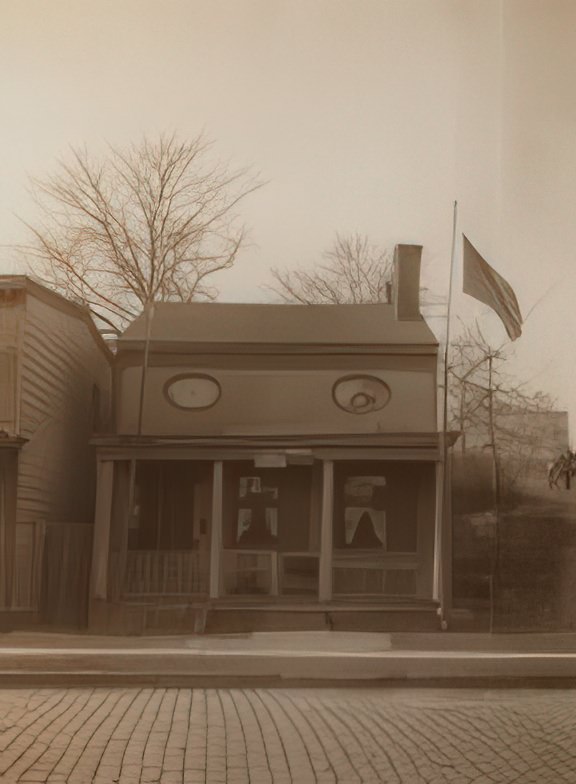
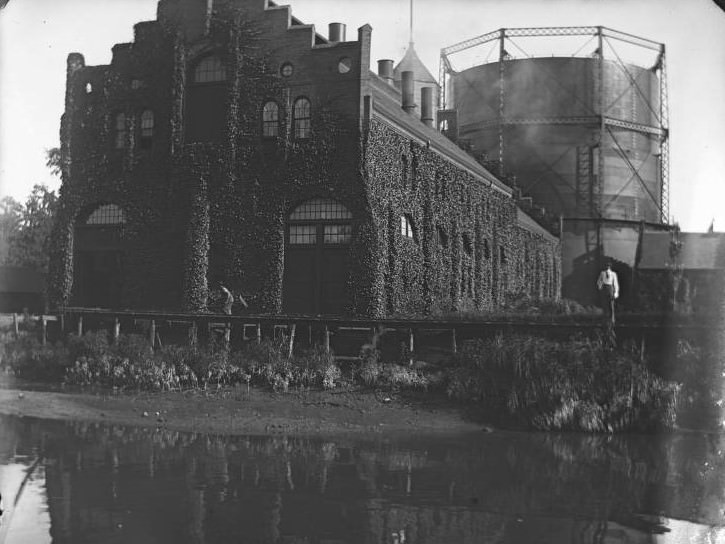
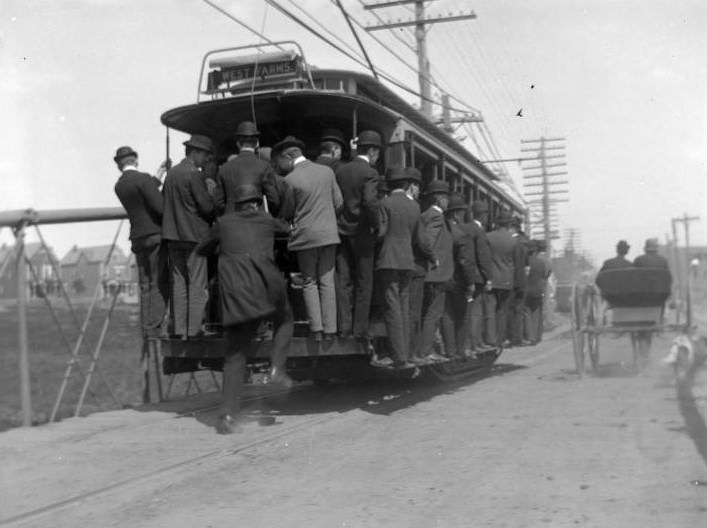

GIPHY App Key not set. Please check settings